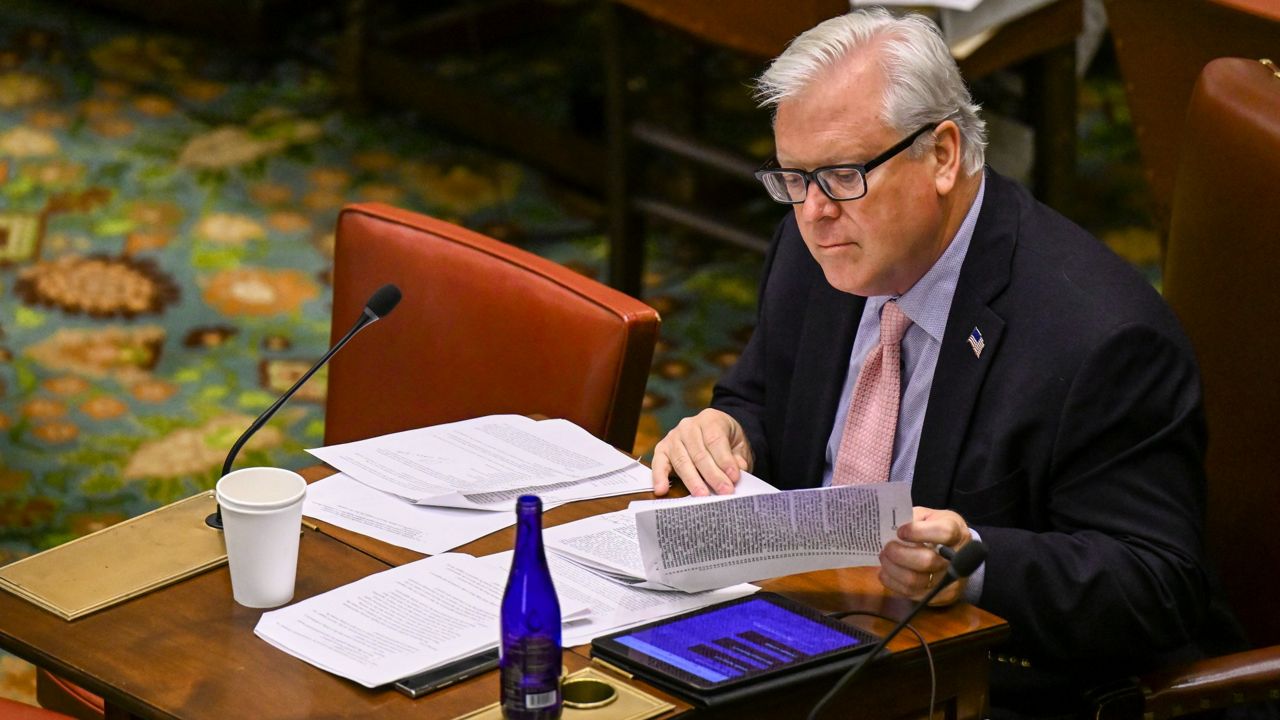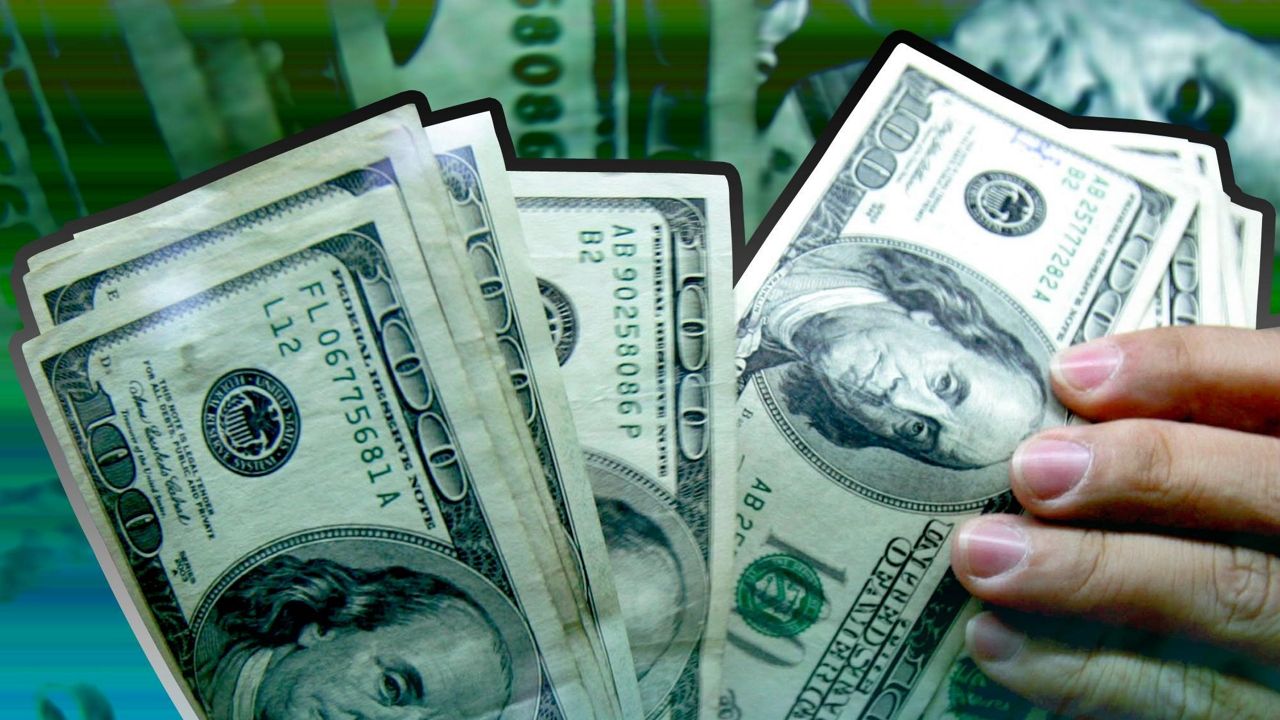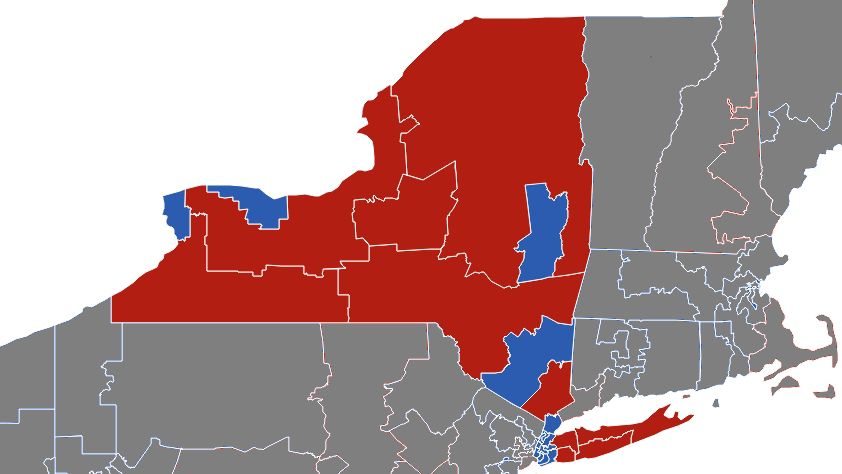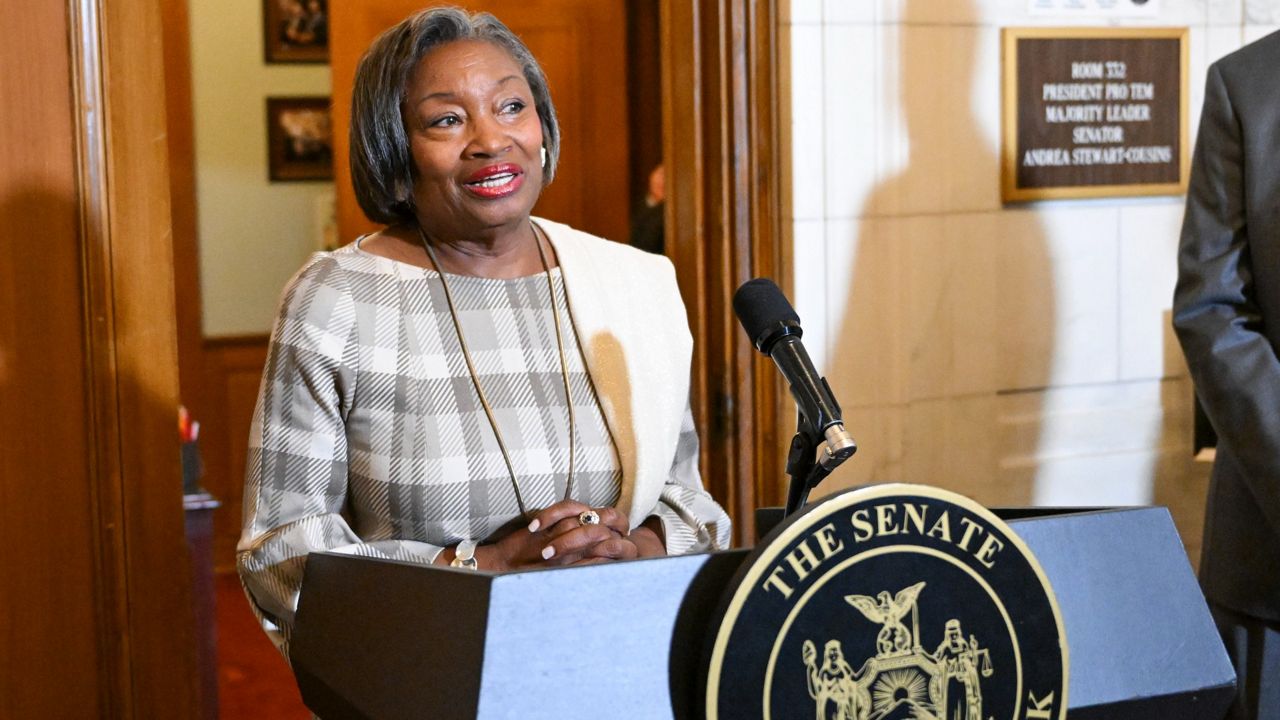Throughout the election season, news organizations and campaigns will tout polls as a snapshot of a political race. At the end of the day, the only poll that matters is the votes cast on Election Day.
But what makes a strong and accurate poll? Guy Golan, associate professor of strategic communication at Texas Christian University's Bob Schieffer College of Communication, told Capital Tonight that a good sample leads to a more accurate result.
Even with a large amount of resources, a polling outfit can’t reach every voter in an election district to truly see how each voter feels about a race. These pollsters rely on a small sample of a district and extrapolate their findings to provide a snapshot of how voters feel at a specific time. Golan uses the analogy of a bowl of soup: A large spoonful can get more of the different ingredients of a soup. That means a larger sample can get more of a clearer picture of a district’s mood.
Pollsters also use a process of weighing their responses to get a more accurate picture of a district. If a district has a large number of college graduates but a small number of those graduates in their sample, they’ll weight the response from college graduates more to get closer to the makeup of the district they are polling.
Polls have gotten a bad reputation since the 2016 election for not accurately projecting the win by former President Donald Trump over former Secretary of State Hillary Clinton. Golan said polls sometimes run into issues with the people being polled not being representative of the district, less people answering or completing a survey and distrust in polling institutions, especially on the right wing of the political spectrum. The mistrust could lead to an under sampling of conservative voters.
Golan said that polls could be used to help sway undecided voters in a close election and potentially swing the election in their favor. Golan argues that undecided voters typically want to back a winning candidate. If a candidate has a lead in the polls in a close election, an undecided voter may back them and push that candidate over the finish line.









